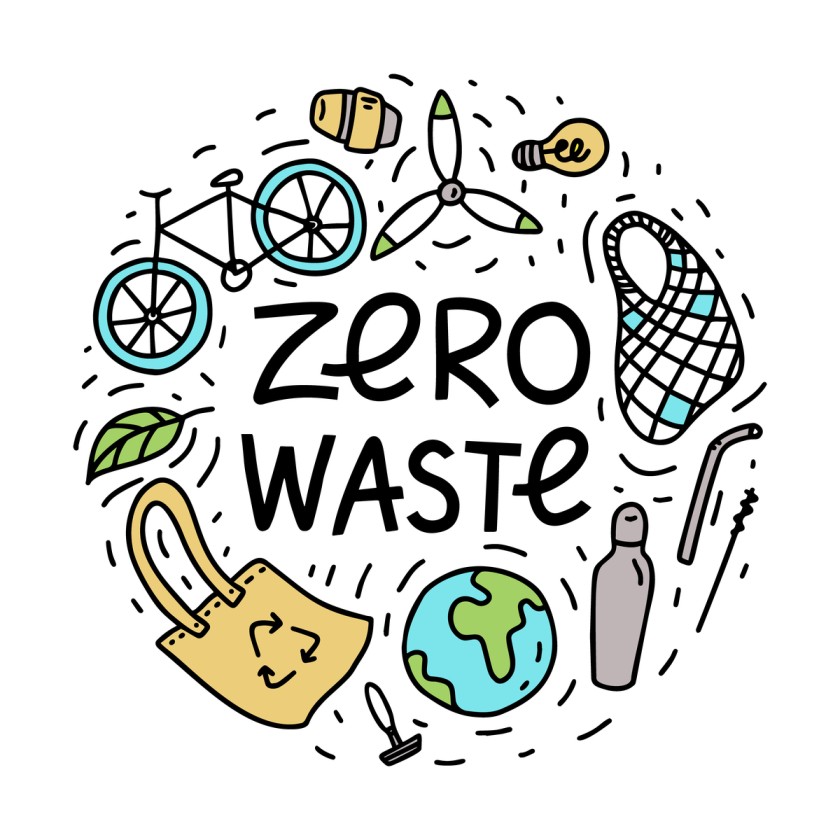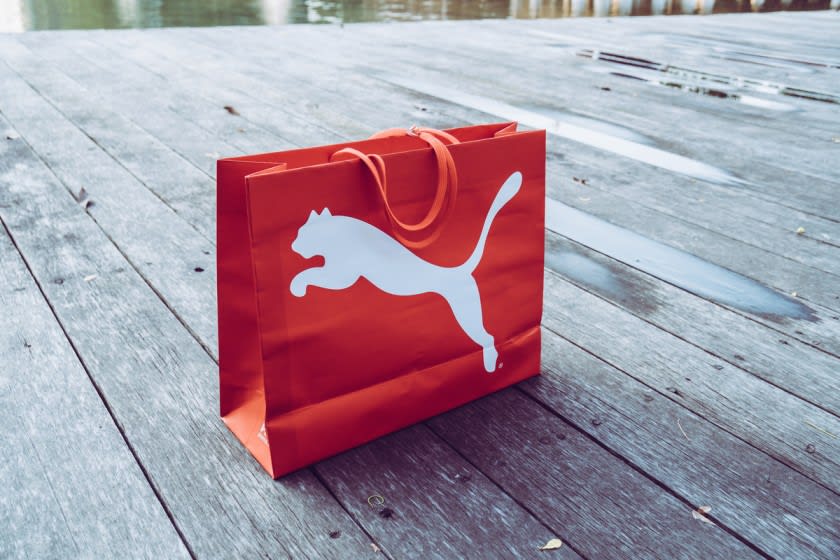Recovery From The COVID-19 Crisis Requires a Radical Business Redesign



Surviving the pandemic has been tough, not only for individuals, but also for fashion houses and labels. With the deadly Covid-19 strain circulating and mutating, the Fashion Industry has faced many challenges. This article covers the impacts and fashion business management strategies that can help the fashion labels stay afloat and flourish in these challenging times.
Negative Impact of Covid-19
- Offline sales have seen a major decline. During the pandemic, many fashion retailers shut down their physical stores for the safety of both the consumers and employees.
- Online retail is not doing any better than offline retail. The conversion rates have fallen even though the online traffic has increased.
- Online promotions have not been as effective as planned, as a lot of brands and retailers have rolled out promotional schemes at the same time. Making it difficult for any particular fashion brand to stand out.
- Amazon’s data as per last year showed a 40% decline in apparel sales and a tinge of growth in indoor wears. Consumers interviewed in March 2020 showed very little or no intention of spending large amounts of money on apparel. 63% of people confirmed that they are likely to spend a lesser amount of money than before, on apparel in the current scenario.
Increasing Social and Environmental Awareness
In the fashion industry, years have passed by, with many fashion labels and companies using unethical means of fashion business management. To keep up with the cutthroat competition, many brands have relied on cheap labor and cheap materials that are harmful to both society and environment. Now, with the pandemic lurking around, consumers have more time and knowledge to study sustainable and unsustainable means. Covid-19 has evoked a sense of ethical fashion among users. The users are more open to buying and supporting ethical and sustainable brands, which has created a demand for circular and sustainable fashion. Many huge brands have either adapted the circular model or are in the process to do so. Here are some brands making leaps and bounds towards a better, more ethical future in fashion:
- H&M: They have taken a major initiative to turn into a fully sustainable brand by the year 2030. They have made major progress with the recycle-reuse-reduce model. They have started making more conscious decisions with low or almost no negative impact on the environment.
- Nike: Nike has taken its first big step by introducing Reuse a Shoe campaign. In this program, a customer can take their old worn-out shoes to either selective Nike stores or directly mail the Nike reuse shoe program. Nike later reuses and recycles the materials from old shoes to create Nike Grind, a material used in creating playground turfs and a few Nike products.
- Hunkemöller: Europe’s top lingerie brand is all in for recycling and reusing. They encourage their customers to bring any neglected textile, so they can recycle it.
- Stella McCartney: This brand has been big on the sustainable movement since 2001. The stores are run with solar electricity and LED lights. Stella keeps on experimenting with eco-friendly materials like organic cotton, regenerated cashmere and reused textile material.
- Omnes: The mission of Omnes is to provide the highest quality of sustainable products at an affordable price. All of their clothing is recycled and sustainable.
- Levi’s: Manufacturing a pair of jeans can require a lot of water. With the initiative launched by Levi’s, it has assured the customers that it will be using 96% less water in the manufacturing process. The program under which this initiative is implemented is known as Water<Less. It has also switched to sourcing more organic materials and recycling old denim into home insulation.
Four steps towards circular movement

Step 1: Zero Waste Designs
Create and design products that are more sustainable and eco-friendly. The design stage can make a 90% impact on the sustainability strategy. Companies should reskill the designers and shift their mindset towards a more eco-friendly way. It will not only help be more ethical, but also save the company millions of dollars. A proper fashion business management plan carefully researched, studied and designed can also shift the supply chain and raw material sourcing to a more eco-conscious status.
Step 2: Implement Reverse Logistics
Companies should create a model of collecting discarded materials from the users by planning some scheme or offer that would benefit the user, and in turn, the company gets to reuse the material and be in a circular loop. One example of such a method can be taking broken jewelry or accessories and converting them into new pieces.
Step 3: Sourcing sustainable materials
Using sustainable materials is a crucial part of the sustainable movement. A company should make sure that the materials and clothes they are outsourcing are eco-friendly and not just greenwashed. Companies should rely on reliable brands like Fashinza. If they want to source it using other techniques or organizations, then they should conduct an in-depth study and order only one fraction of material or cloth to test the quality.
Step 4: Making the customers a part of it
Companies should involve the customers in the entire process. They should work on designing a strategy that actively gives the consumer a unique experience and a sense of belonging in the part of turning towards a sustainable lifestyle. An example of such a project can be telling the consumer how much they are contributing towards the reduction in carbon footprints by being a part of the program or by choosing a particular product. It will not only make them feel good, but they will also prefer the brand more and do free word-of-mouth marketing for the company.
Fashion Business Management Strategies

Once the companies have implemented the four steps sustainable strategy, they need to take a step further towards the Fashion Business Management Strategies, which can help retain customers and employees in the long run. Here are a few strategies that a company can implement:
- Benevolent towards the team: The company needs to realize that the people require a more understanding and safe environment where they can work. A lot of people have gone through many challenges in their personal life, and companies should be considerate about it and supportive. Companies should communicate their goals, missions and visions with the team frequently. The communication channel further being opened more can help the employees raise their concerns, share their ideas and work more efficiently.
- Assess the Supply Chain and in-year inventory: Companies should assess the products and materials they currently have and which ones are with the trend. The management and fashion designers need to work closely on organizing and scheduling the uses of materials and the launch of products. The purchase and procurement department should be given a good amount of time to source the materials and clothes as the pandemic still lurks around.
- Maximize the digital presence: As people are reluctant to leave their houses, companies should invest in moving the brand online with a strong presence. They should focus on either outsourcing a digital agency or creating an in-house team to manage the entire online presence and performance. The digital campaigns should be designed with a lot of attention and strategy based on data.
- Consumer Relationship: Companies should work on maintaining and building a strong consumer relationship. The strategies should not only revolve around gaining brand loyalty, but also providing the customers a satisfactory service and experience. A good customer relationship automatically converts into strong brand loyalty.
- Flexible Financial Plan: Companies and brands should map out a financial plan that is resilient in the long term. Fashion labels need to take a look at their financial statements and portfolio and invest smartly in the future. The investment shouldn’t be taken lightly, as the brand can need liquidated financial resources anytime in the future, whether it be for expansion or crisis.
- Study the consumer behavior: As per the study, it is safe to say that consumers are moving towards a more sustainable and eco-conscious lifestyle, but the consumer-style is a dynamic issue. A deep study and survey should be conducted towards the future styles, so the brand is not unprepared when the trend sores in the market.
- Offline stores: As the pandemic has eased a little and the retail outlets are slowly opening, the brands should design a special set of rules to avoid overcrowding in the retail stores and should ensure the safety of the employees, as the new variant has arrived.
Conclusion
For some companies, the pandemic can be a difficult time to survive and grow, but with the right fashion business management, a company is bound to soar high. In the end, it depends on the company how much of their resources they invest in the change. The need to be relevant and environmentally conscious is greater than ever.



















